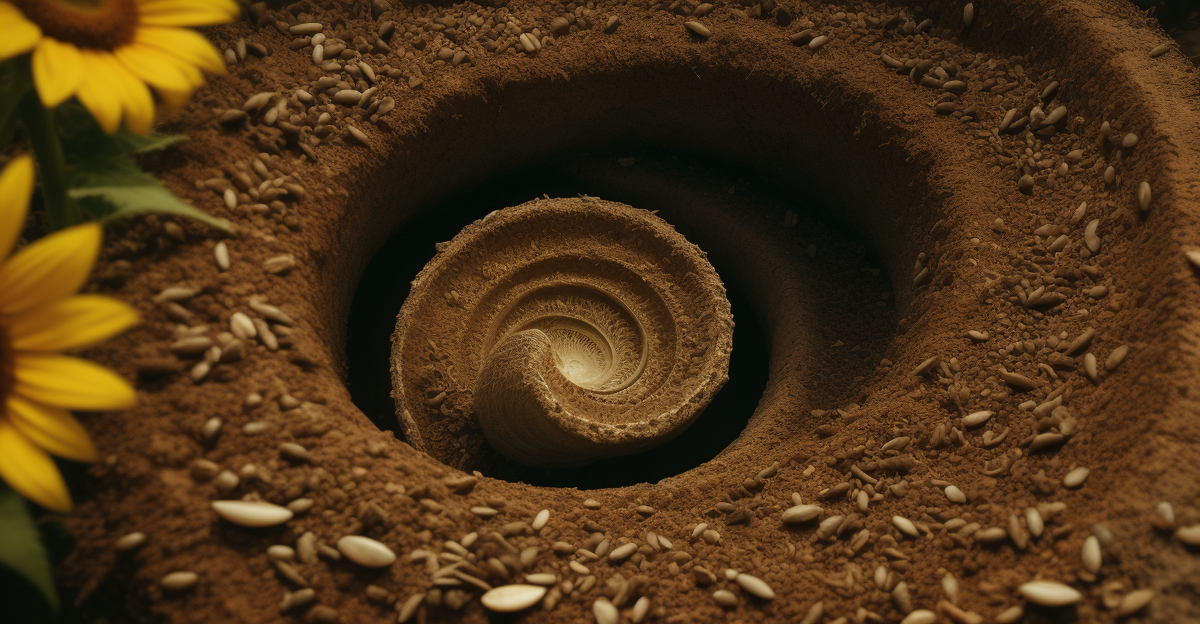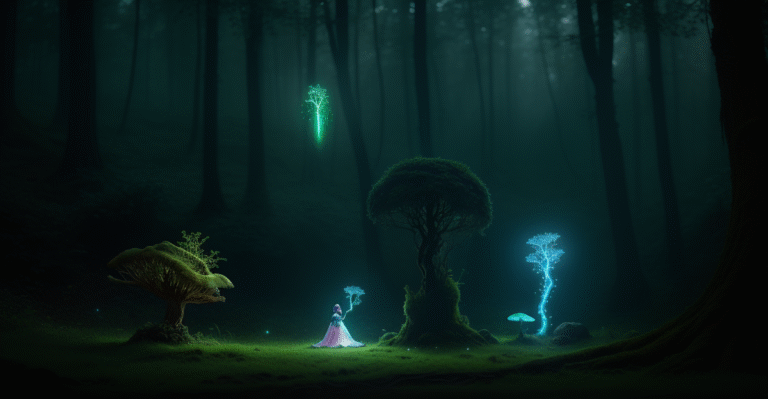
Embark on a journey into the captivating, yet controversial, theory suggesting that the Fibonacci se
Ever feel like nature’s whispering secrets? What if the Fibonacci sequence, a pattern found in everything from sunflowers to seashells, held the key to predicting…earthquakes? Hit like and follow as we explore this seismic speculation!
Fibonacci Sequence: Nature’s Code or Earthquake Predictor?
Alright, internet detectives, gather ’round! We’re diving headfirst into a theory that’s both beautiful and potentially bizarre: Could the Fibonacci sequence, that elegant string of numbers that seems to pop up everywhere in nature, actually predict earthquakes? Let’s investigate!
The Ubiquitous Fibonacci Sequence in Nature
Fibonacci Numbers and the Golden Ratio: Nature’s Obsession
You’ve almost certainly heard of it. The Fibonacci sequence begins with 0 and 1, and each subsequent number is the sum of the two preceding ones: 0, 1, 1, 2, 3, 5, 8, 13, 21, and so on. But it’s more than just a math equation.
Nature seems utterly captivated by it!
- Sunflowers: Their seeds are arranged in spirals, often with Fibonacci numbers dictating the number of spirals in each direction.
- Nautilus Shells: Their spiral growth mirrors the Golden Ratio, intimately linked to the Fibonacci sequence. Each chamber expands about 1.618 times larger than the last.
- Branching of Trees: Tree branches frequently split in patterns corresponding to Fibonacci numbers.
The Math Behind the Magic
The Fibonacci sequence isn’t just a fluke. It boasts unique mathematical properties. 618), often symbolized by the Greek letter phi (φ). This ratio is considered aesthetically pleasing and permeates art and architecture.
Why So Frequent? Efficient Packing and Growth
But why does nature gravitate towards these numbers? The answer lies in efficiency. The Fibonacci sequence facilitates optimal packing and growth.
For instance, the spiral arrangement of sunflower seeds maximizes the number of seeds that can fit within the flower head, ensuring successful reproduction. Similarly, tree branching patterns maximize sunlight exposure for leaves.
Examining Claims of Fibonacci Correlation with Earthquakes
Alleged Connections: Fact or Fiction?
Now, for the intriguing part: earthquakes! Some researchers and enthusiasts have claimed to find correlations between Fibonacci numbers and earthquake occurrences.
These claims often suggest that significant earthquakes occur at intervals aligned with Fibonacci numbers, or that earthquake magnitudes follow a Fibonacci-like pattern.
For instance, some propose that after a major earthquake, the probability of aftershocks or subsequent large earthquakes increases after a Fibonacci number of days.
Methodologies and Limitations
The methodologies employed in these studies are often questionable. Many rely on retrospective data analysis, where researchers examine past earthquake data and attempt to identify patterns aligning with the Fibonacci sequence.
This approach is susceptible to biases, as researchers might selectively choose data points that support their hypothesis while disregarding contradictory data.
Anecdotal Evidence vs. Rigorous Analysis
Unfortunately, many of these assertions are rooted in anecdotal evidence rather than robust statistical analysis. A few coincidences don’t establish a pattern!
To demonstrate a genuine correlation, researchers must prove that the observed pattern is statistically significant and consistent across a substantial dataset, while accounting for other potentially influential factors.
The Scientific Consensus and Lack of Empirical Evidence
Earthquake Prediction: The Current Understanding
The scientific community’s understanding of earthquake prediction centers on plate tectonics, fault lines, and stress accumulation.
Scientists monitor seismic activity, ground deformation, and other geological indicators to assess earthquake risk. However, accurately predicting the precise timing and magnitude of earthquakes remains a formidable challenge.
Why Seismologists are Skeptical
Most seismologists remain highly skeptical of Fibonacci-based earthquake prediction for several key reasons. First, the Earth’s crust is an exceptionally complex system influenced by countless interacting variables.
Reducing this complexity to a simple mathematical sequence is a gross oversimplification. Second, no known physical mechanism exists that could explain how Fibonacci numbers might influence earthquake occurrences.
The Importance of Rigorous Testing
In scientific research, especially in complex systems like earthquakes, rigorous testing and validation are paramount. Hypotheses must be tested against independent datasets, and the results must be reproducible by other researchers.
Potential Pitfalls of Pattern Seeking and Confirmation Bias
Pattern Recognition and Confirmation Bias
Humans are naturally inclined to seek patterns. It’s a survival mechanism that has aided us in identifying threats and opportunities throughout our evolution. However, this inclination can also lead to misinterpretations of data.
Confirmation bias, the tendency to favor information that confirms existing beliefs, can further compound this issue.
Spurious Correlations: Seeing Patterns Where None Exist
In the context of Fibonacci numbers and earthquakes, it’s easy to succumb to these psychological biases.
By selectively analyzing data and focusing on instances where Fibonacci numbers appear to coincide with earthquakes, it’s possible to create spurious correlations. However, these correlations don’t necessarily imply causation or predictive power.
So, we’ve explored the Fibonacci sequence’s prevalence in nature and the claims connecting it to earthquake prediction.
While the sequence is undeniably fascinating, the evidence supporting its predictive power for earthquakes remains weak and lacks scientific consensus. But what do *you* think?
Should we abandon the search for patterns altogether, or does the persistence of this idea suggest the need for more nuanced investigation, coupled with rigorous scientific scrutiny?
If you enjoyed this deep dive into weird science and internet rabbit holes, don’t forget to share this article with your friends! You can also subscribe to our newsletter for more mind-bending explorations.
Enjoyed this? Check out our YouTube channel for video versions!
Enjoyed this? Check out our YouTube channel for video versions!



